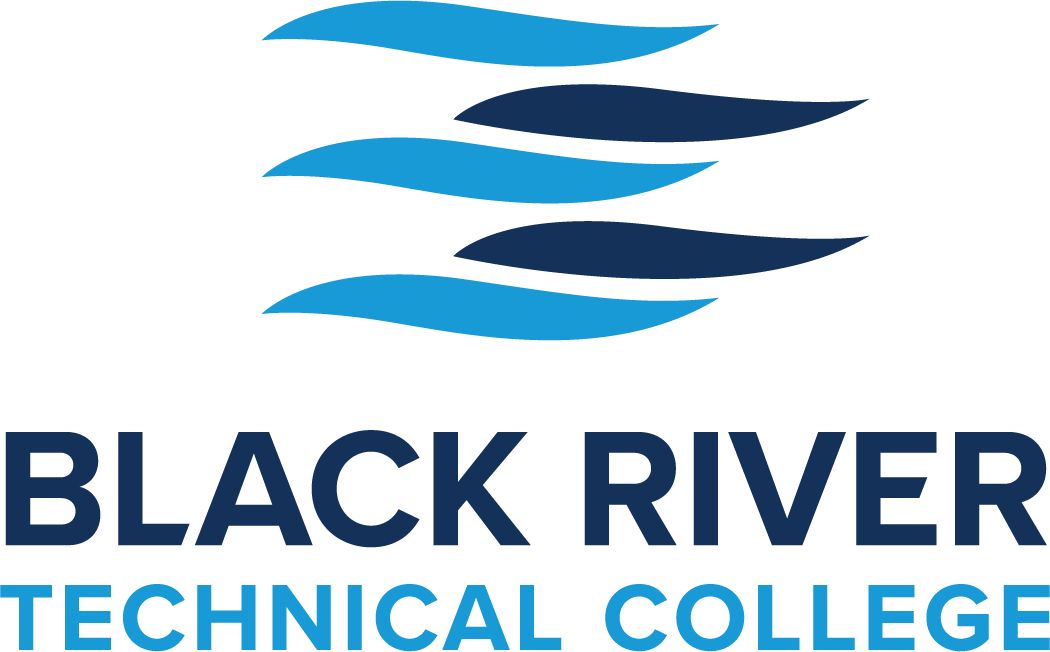About the Program
BRTC's EMT/Paramedic program is designed to provide students with knowledge of extensive pre-hospital care and skills.
Paramedics will learn the cognitive (knowledge), psychomotor (skills), and affective (behavior) learning domains with or without exit points at any of the following levels:
- Advanced Emergency Medical Technician
- Emergency Medical Technician
- Emergency Medical Responder
Students will learn patient assessment, pharmacological interventions, airway management, and the
operation of complex medical equipment in classroom, laboratory, clinical, and field settings utilizing a combination of didactic training and practicum rotations.
Upon successful completion of the program, graduates can pursue the many employment opportunities that are found in
- private EMS services
- municipal fire departments
- hospitals
- various industrial environments
After successfully completing the EMT or Paramedic program, students are eligible to take the
National Registry of Emergency Medical Technicians (NREMT) exam for the provider level. It's important to note that state licensure requirements vary, and national certification does not
guarantee licensure. For specific information on licensure requirements in Arkansas, please visit
https://www.healthy.arkansas.gov/programs-services/topics/emergency-medical-services
Military Service Obligations
Any student whose plan of study is interrupted due to military service obligations while enrolled in an allied health program will be guaranteed readmission upon return. The student will be required to meet the readmission standards set by the program.
Students must possess the following physical, cognitive, and emotional qualities.
STRENGTH. Applicants must to be able to perform physical activities such as pushing or pulling an object weighing more than 50 lbs. and lifting objects weighing 100 lbs. or more.
DEXTERITY. Applicants must to be able to perform fine motor skills requiring eye-hand coordination and arm-hand steadiness.
COORDINATION. Applicants must perform actions involving coordination, such as walking, running, and climbing, while simultaneously managing other tasks.
MOBILITY. Applicants must maneuver effectively in small spaces (such as ambulances) and navigate crowded treatment areas. They should be capable of walking, standing, kneeling, stooping, and tolerating prolonged uncomfortable positions.
VISUAL ABILITY. Applicants must assess objects both near and far, discern colors, and gauge distances effectively.
HEARING. Applicants must hear normal sounds amidst background noise and distinguish differences in tone and pitch.
CONCENTRATION. Applicants must concentrate on information despite moderate interruptions and perform tasks continuously for periods exceeding one hour.
CONCEPTUAL UNDERSTANDING. Applicants must apply conceptual ideas and relate them to real-world scenarios.
MEMORY. Applicants must possess strong short- and long-term memory capabilities.
CRITICAL THINKING. Applicants must critically engage with theories taught in lecture courses and simulations, applying these theories in clinical environments.
INTERPERSONAL SKILLS. Applicants must interact seamlessly with individuals, families, and groups from diverse social, emotional, cultural, and intellectual backgrounds. They should be able to establish a rapport effectively with patients, colleagues, faculty, and professional staff.
MATURITY: Applicants must demonstrate maturity, refrain from alcohol or drug abuse, exercise
sound judgment, and avoid violent behavior.
As an EMT or paramedic student, you will encounter a range of conditions across different settings, including not just the outside world, but hospital and ambulance agencies as well.
Possible exposures consist of, but are not limited to:
- Extreme weather
- Blood, body tissues, fluids, and other biohazardous waste
- Electrical hazards
- Radiation
- Poisonous substances
- Chemicals
- Loud or unpleasant noises, smells, and sights
- Emotionally charged situations
Students should be aware that field and clinical rotations may involve frequent exposure to high-stress emergency situations.
ACCREDITATION INFORMATION
The Emergency Medical Services program is accredited by the Commission on Accreditation of Allied Health Education Programs (CAAHEP) upon recommendation of the Committee on Accreditation of Educational Programs for the Emergency Medical Services Professions (CoAEMSP).
Additional information may be found on BRTC's Accreditation page.
Degree Plans
Technical Certificate in Emergency Services Response
Students who complete the Certificate of Proficiency in both Emergency Medical Technician and Firefighter Essentials will have the majority of the coursework completed for a Technical Certificate in Proficiency for Emergency Services Response.
Degree Plans
EMT/Paramedic Contacts

A.A.S., A.A., Black River Technical College; B.A., University of Arkansas at Little Rock

Clay, Dana

AAS, Black River Technical College; BS Arkansas State University; MA, Arkansas State University

Johnson, Brandon



A.A.S, A.A., Black River Technical College; B.S., Southern New Hampshire University

